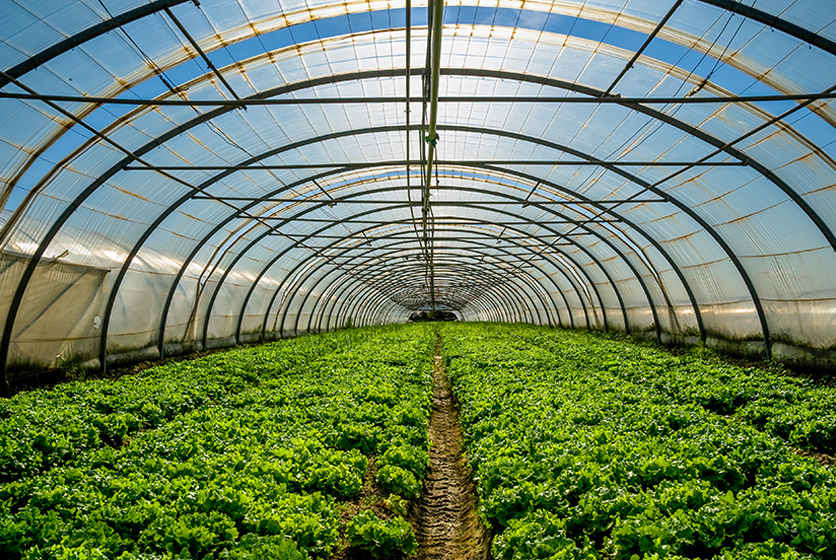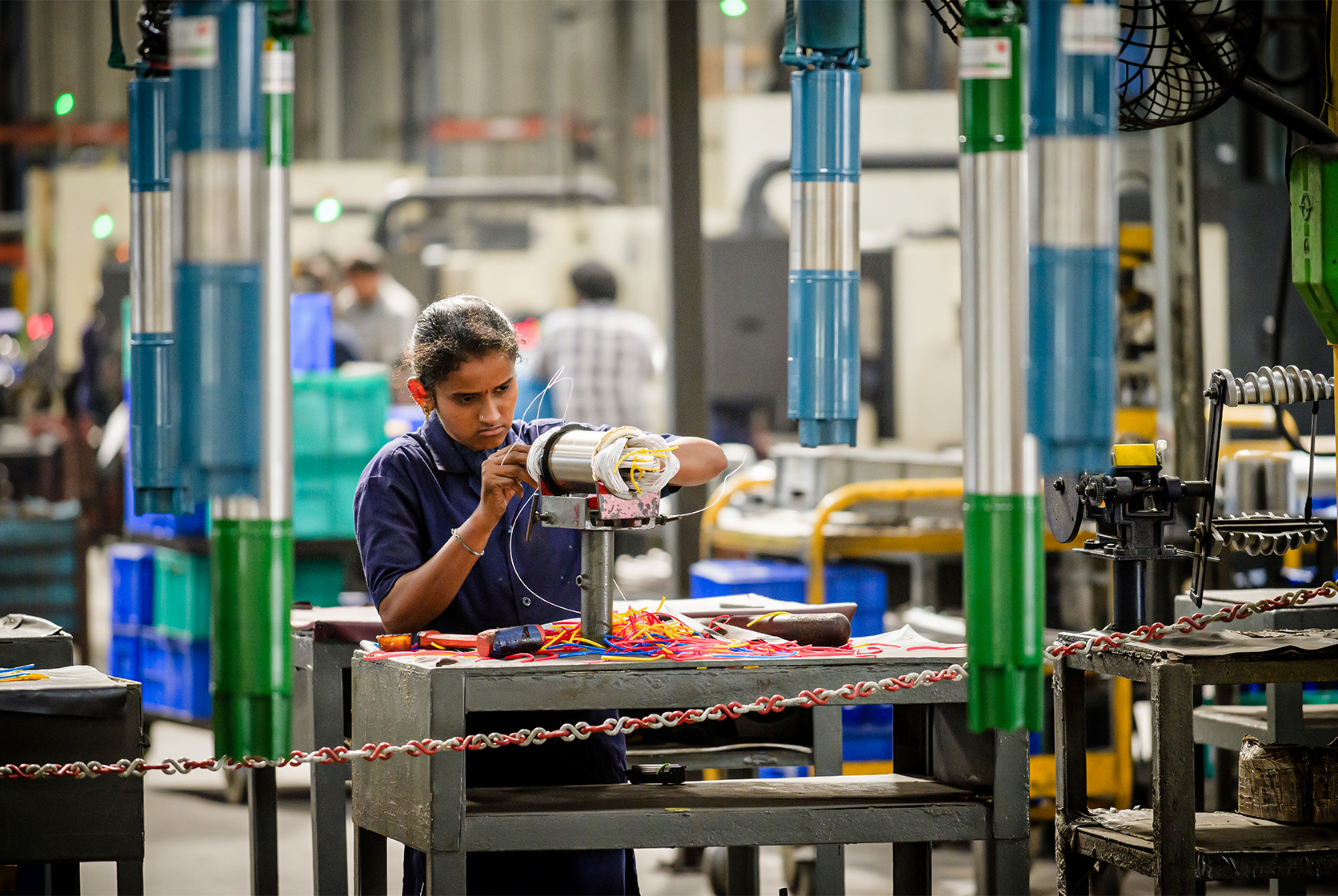Allied to Agriculture
Agriculture is one of the primary contributors to the Indian economy. Along with its allied sectors, agriculture is estimated to contribute 21.82% of gross added value. It is also interesting to note that though India’s agriculture sector contributes only around 14% of the country’s GDP, it accounts for 42% employment. And finally, the global average for agricultural contribution is 6.4%, making Indian agriculture a higher contributor by that standard.

Agriculture and allied sectors
India is the second largest producer of agricultural products. Some of the major commodities produced by India are:
- Rice
- Wheat
- Cereals
- Pulses
- Foodgrains and
- Oilseeds
And some of the major agri-allied sectors are:
- Fisheries
- Livestock
- Horticulture
- Sericulture
- Animal husbandry
- Food processing
- Soil conservation and
- Forestry
One could also expand the scope to include financial & marketing solutions providers and even the high-tech companies making a foray into agriculture. Fertiliser production, testing labs, education are just some of the other activities in a symbiotic relationship with agriculture. Let’s take a look at a few of the allied sectors.
Horticulture
With a total of 17 million hectares under vegetables and fruit cultivation, India ranks second in the world when it comes to horticulture production. We export to countries like the UK, UAE and Malaysia to name just a few. Investments in cold chain infrastructure and quality control measures have contributed to growth in this sector. With better post harvest management and other initiatives for farmers and exporters, India is seeing greater acceptance for its produce.
Aquaculture & fisheries
Referred to as the ‘blue economy’, the fisheries sector in India is casting a bigger net steadily. Fish production systems consist of capture fisheries and marine fisheries among others. India is among the top 7 countries when it comes to capture producers. With a coastline of over 7500 km and large-sized exclusive economic zones, Indian fisheries sector provides a livelihood for about 13 million people. Here is an interesting facet - 32% of the employees in this sector are women.
Livestock
India is the highest livestock owner in the world. This sector provides food and non-food support by way of leather, milk, eggs, dairy products, manure and even help with weed control. Livestock is also perceived as social security to Indian farmers. Even with the growing deployment of tractors and other machines, livestock continue to be used as draft animals as well. Animals are also an integral part of a mixed farming system which combines livestock and crops. The output of one becomes the input of the other!
Sericulture
Given its rich history and association with silk, it should come as no surprise that Indian silk production ranks second in the world. There is huge domestic demand for silk and export earnings during 2020-21 was Rs.1418.97 crores. Among other things, the National Silk Policy defines the silk value chain as an enterprise and has provided a lot of support for seri-enterprises.
#InterestingInfo
- There are five main commercial silk varieties: muga, eri, mulberry, tropical tussar and oak tussar.
- India is the only country that produces all five silk varieties



